3D-печать для борьбы с COVID-19
Учитывая текущую чрезвычайную ситуацию, сложившуюся из-за распространения COVID-19 коронавируса, благодаря солидарности и инновациям возникают отличные инициативы и решения, особенно для решения проблемы нехватки медицинского оборудования и средств индивидуальной защиты (СИЗ).
Из 3D-печати сектор, есть много инженеров и производителей материалов, которые вместе с медицинскими специалистами работают над созданием моделей СИЗ (средств индивидуальной защиты), которые помогают сохранить здоровье туалетов и облегчить их работу, например, при разработке различных прототипов, таких как клапаны, соединители респираторов или вспомогательных респираторов и другие устройства, которые помогают уменьшить нехватку медицинского оборудования.
Кроме того, многие сообщества создателей запустили свои 3D-принтеры для производства этих устройств. В Испании появилась инициатива Coronavirus Makers, некоммерческая платформа с тысячами добровольцев. Подобные инициативы можно найти в таких странах, как Германия, Италия, Чили, Аргентина или Колумбия.
Ниже мы собрали различные проекты защитного снаряжения и предметов медицинского назначения, которые были предоставлены общественности бесплатно различными компаниями и ассоциациями, и могут быть загружены в формате STL и распечатаны практически на любом FDM-принтере.
Следует иметь в виду, что некоторые модели не омологированы или не одобрены соответствующими органами здравоохранения и что, в зависимости от каждой области или страны, производственные требования для достижения этой омологации могут различаться.
Маски для лица
Как на платформах ресурсов для 3D-печати, так и на различных страницах компаний в секторе 3D различные модели масок публикуются для 3D-печати на любом типе 3D-принтера FDM.
Следует подчеркнуть, что эти маски , за исключением того, что они имеют необходимые фильтры, служат лишь физическим барьером против вируса , а также помогает не распространять его в случае заражения.
Несколько дней назад мы поделились дизайном маски Nanohack, разработанной компанией Copper3D. команда и кто недавно поделился обновлением дизайна указанной маски:NanoHack 2.0, с моноблочной структурой, прочной и герметичной , которые должны быть изготовлены из антибактериальных нитей PLActive и MDFlex, чтобы обеспечить максимальную защиту от внешней среды.
PLActive – это перерабатываемый и биосовместимый полимер, содержащий нанокомпозит меди, обладающий антимикробными свойствами.
Благодаря своему дизайну NanoHack 2.0 это устройство, которое обеспечивает защиту от частиц в воздухе и предотвращает распространение жидкостей, загрязняющих дыхательные пути. NanoHack использует тот же материал, что и в хирургических масках (нетканый полипропилен), в качестве системы фильтрации. Для оптимальной защиты рекомендуется использовать трехслойный нетканый полипропиленовый фильтр. Этот фильтр встроен в маску. Так, по данным различных исследований достигается эффективность фильтрации 96,4 % для микроорганизмов размером 1 мкм и 89,5 % для микроорганизмов размером 0,02 мкм.
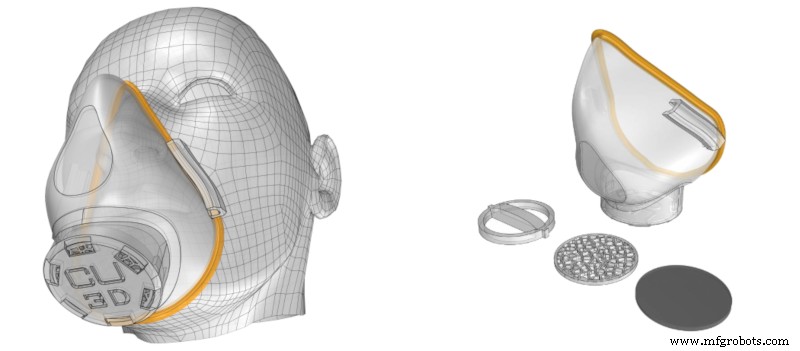
Подробнее
Загрузить STL
Лицевые щитки
Вы можете найти бесчисленное множество моделей визоров и лицевых щитков. в Интернете. Пруса разработал несколько прототипов, которые были проверены Министерством здравоохранения Чехии. Наконец, они представили две экранизации:RC1 и RC2.
 This screen design consists of a rigid structure with a flexible and transparent acetate plastic sheet. The rigid structure is 3D printed and the plastic acetate sheet is then adapted as a screen. The RC1 version allows more parts to be printed in the same printing process, while the RC2 version provides slightly higher protection and is more comfortable to wear.
This screen design consists of a rigid structure with a flexible and transparent acetate plastic sheet. The rigid structure is 3D printed and the plastic acetate sheet is then adapted as a screen. The RC1 version allows more parts to be printed in the same printing process, while the RC2 version provides slightly higher protection and is more comfortable to wear.
As a screen, the prototype uses a 0.5mm thick PETG sheet, although other transparent and flexible materials with a similar thickness can be used such as clear acetate sheets.
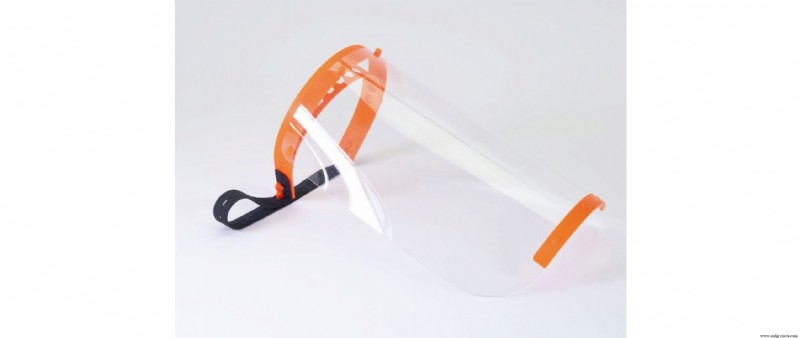
More info
Download STL from Prusa
3D printing with PETG with 30 % fill is recommended, although other materials such as PLA or ABS can be used. In order to deliver them to health centers, it's essential to sterilize them by applying a water bath with bleach (Ratio 50:1) and then rinse them with water. In this way, they will not carry the risk of possible indirect transmissions for healthcare personnel.
Respirators and valves
Given the shortage of self-contained respirators, several groups of engineers, in collaboration with different institutions and healthcare personnel, are developing prototypes and manufacturing the different parts that compose them using 3D printing.
This is the case of the Barcelona Free Trade Zone Consortium that, together with HP, Leitat, and SEAT, have developed a prototype of a respirator using 3D printing to manufacture its parts and taking advantage of elements such as a car's windshield wiper motor. This device has been named OxyGEN and has already been validated by experts from the Parc Taulí hospital in Sabadell. One of the advantages of this device is that its production is scalable.
Another possible solution that arises is to use adapters that allow the same respirator to be used for several patients, such as the “H” connector that Copper3D has developed. A design that minimizes dead space volume and prevents possible air leakage due to unnecessary connections. Copper 3D recommends 3D printing of this device using PLActive, for its antibacterial properties and biocompatibility.
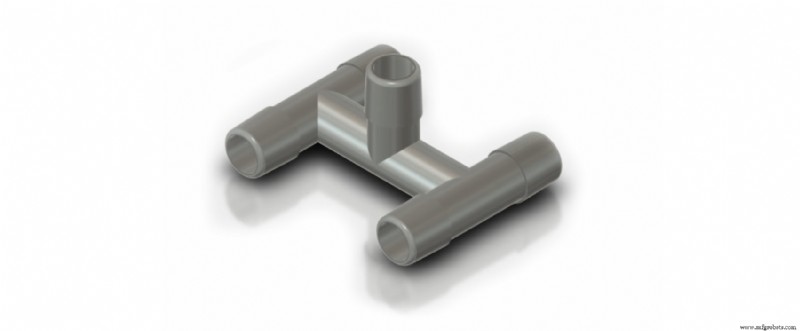
Más información
Download STL
In several hospitals there is a lack of some important elements related to respirators and necessary when treating a patient with respiratory complications. This is the case of the Venturi valve , used to regulate the oxygen concentration that is introduced to the patient through the respirator.
There are several designs available to users, such as this one from the Cults platform.
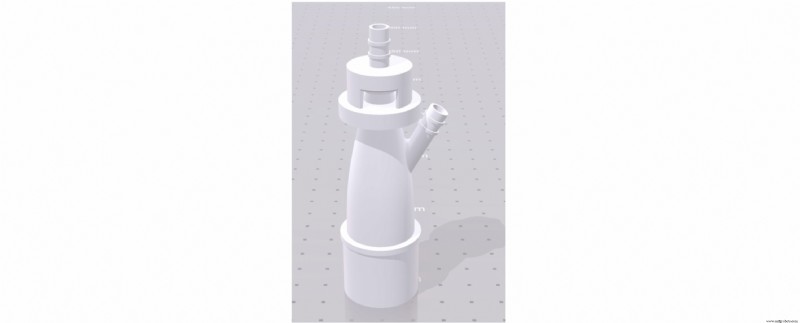
Download STL from Cults
Other devices
In addition to PPE and specific devices for the treatment of patients affected by COVID-19, different tools are being developed to avoid the contagion by indirect contact to which anyone is exposed in their daily activity (door and window handles, buttons for elevators, etc.).
The StopCovid-19 ring is an easy to print ring, designed to press switches and buttons without physically touching them.
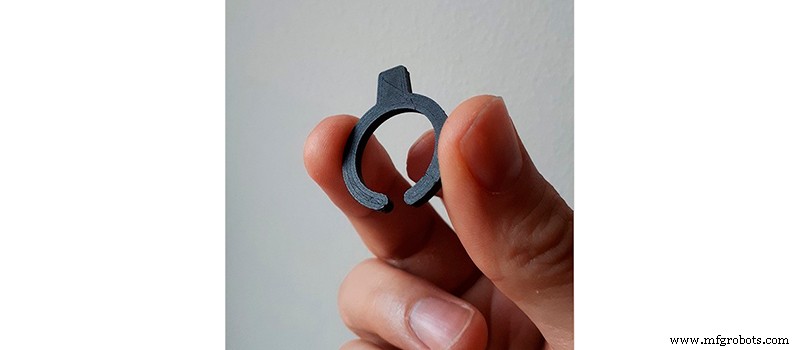
Download STL from Cults
Companies like Materialise have developed a device for attaching to door handles, so that they can be opened without using your hands. Different versions of this tool, adapted to different handle formats (cylindrical, rectangular, circular, etc.) can be downloaded free of charge from its website.

Download STL from Materialise
Combining the usefulness of the previous two, there is LU-Touch :A tool for opening and closing doors and windows, and at the same time a push-button for buttons and switches. LU-Touch can be downloaded for free and printed on any 3D FDM printer. In addition, if you do not have a 3D printer, it can be purchased already printed.
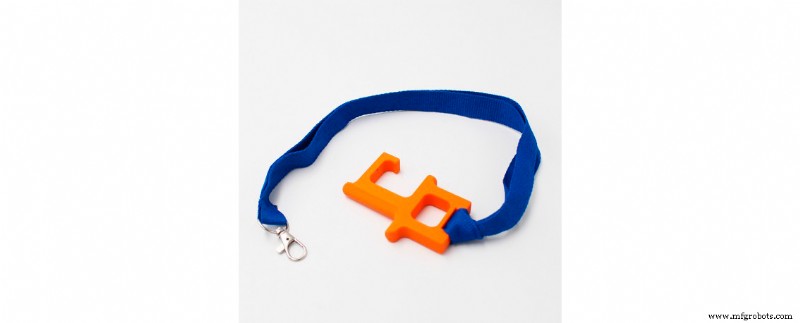
Download STL from Thingiverse
Thanks to the use of these tools, it's possible to minimize the possibility of contagion due to indirect contacts in daily activity. For greater safety, it's necessary to disinfect the tools always after use. It should also be remembered that the use of this type of tool does not exempt from applying the recommended safety rules:wash your hands regularly, do not touch your face, etc.
Specific materials
Among the specific materials to manufacture personal protective equipment, we highlight PLActive and MDFlex for their antimicrobial and antiviral qualities. This material is also recommended for printing expansion devices and valves adapted to self-contained respirators.
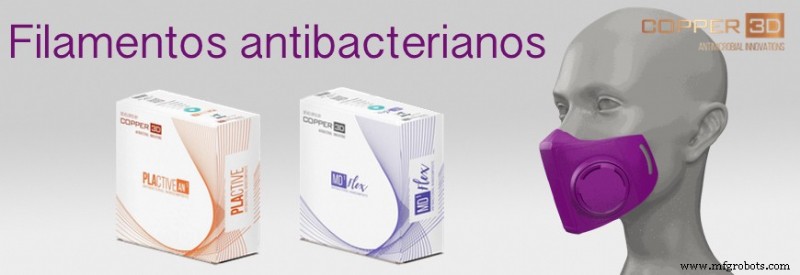
Common materials
For the manufacture of screens or valves that, due to their use, do not need to be composed of biocompatible or antibacterial materials, basic materials can be used in 3D FDM printing, such as PLA or PETG; since these elements do not require specific properties, although it's true that they require some rigidity and it's not recommended to use flexible materials such as Flexfill or FilaFlex.
With these free download files, any user with a FDM 3D printer and any of the aforementioned materials can contribute their bit to help stop the pandemic and the alarming situation we are currently experiencing.
3D печать
- 3 основных шага 3D-печати
- 6 способов снизить стоимость 3D-печати
- 4 вещи, которые кризис COVID-19 говорит нам о 3D-печати
- Роль вложенности в полимерной 3D-печати
- Быстрые и надежные:решения MedTech в условиях пандемии COVID-19
- Печать предохранителя 1 с предохранителем 1
- Раскрывая прошлое с помощью 3D-печати
- COVID-19 привлек внимание к трехмерной печати
- Будущее 3D-печати в производстве
- Является ли 3D-печать будущим производства?



